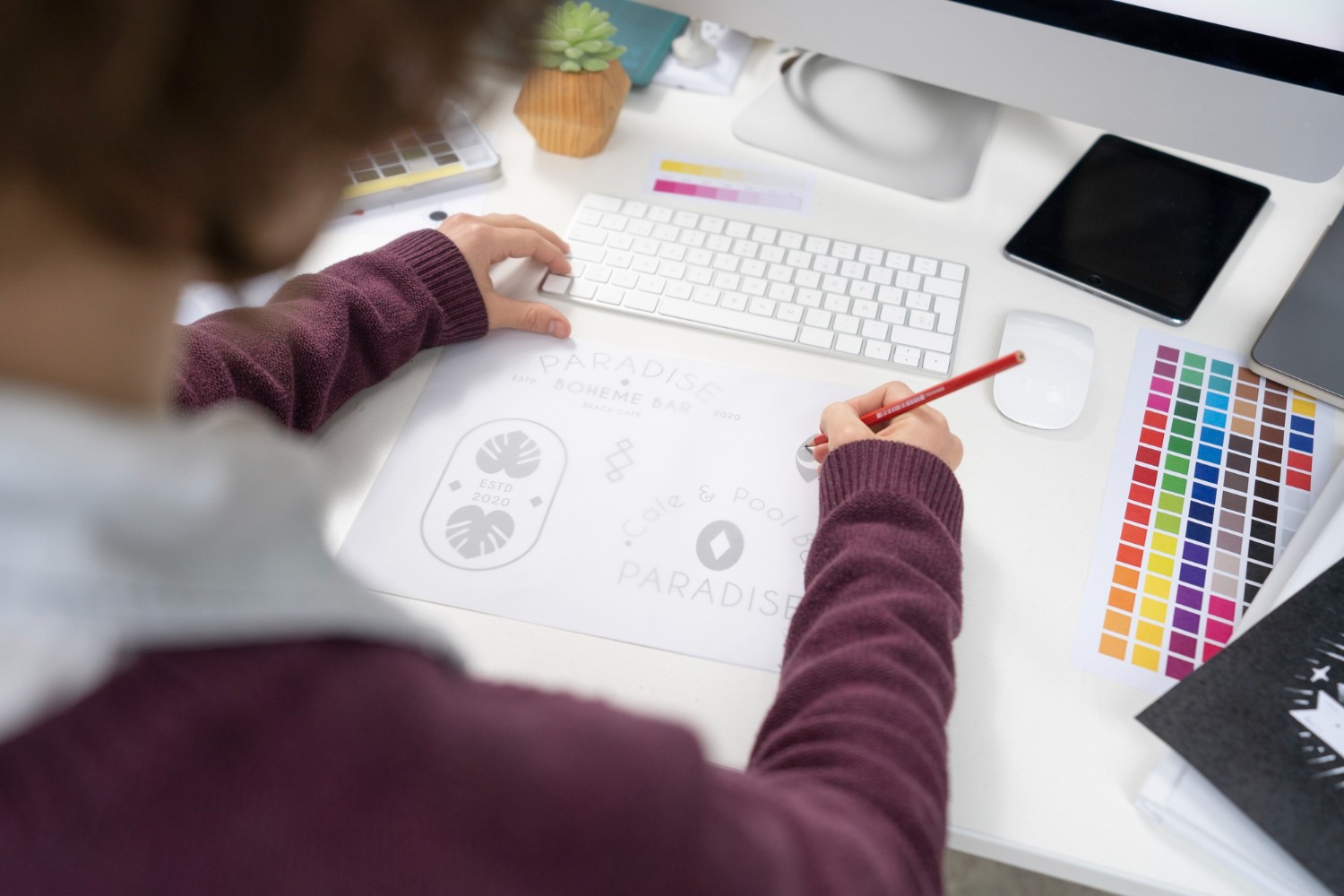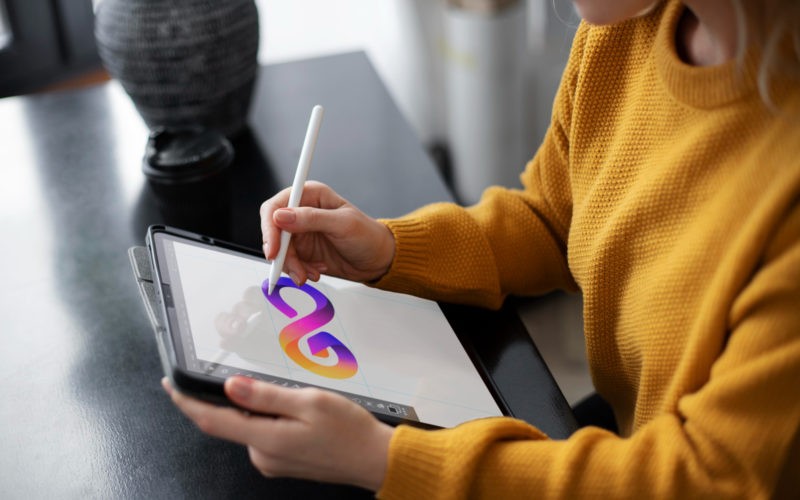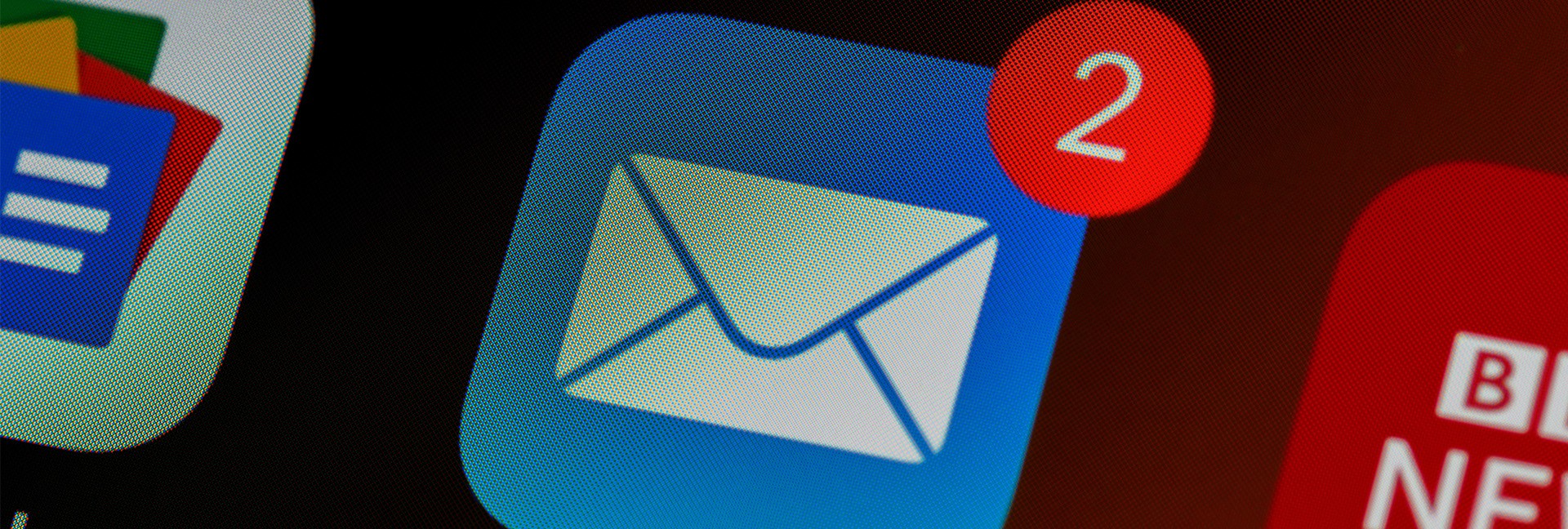A logo is more than just a pretty picture or a fancy font—it’s the face of your business. It tells your story, conveys your values, and helps you stand out in a crowded marketplace. A well-designed logo can make your business memorable and trustworthy to customers. Without a good logo, even the best products and services can go unnoticed.
Understanding Your Brand: The Foundation for Logo Creation
Before diving into design, it’s crucial to have a clear understanding of your brand. What does your business stand for? What are its core values? Who is your target audience? Specialists from Turbologo have prepared this article to help guide you through the essentials of creating a logo that truly represents your brand. Knowing the answers to these questions will help you create a logo that is not only visually appealing but also meaningful and effective.
To streamline this process, using a logo maker can be incredibly beneficial. A logo maker allows you to design logo for business with ease and efficiency. These tools offer a wide range of customizable templates, icons, and fonts, making it easy to create a unique logo that reflects your brand’s identity. With user-friendly interfaces, even those without design experience can craft professional-quality logos. Additionally, many logo makers provide instant previews and multiple download formats, ensuring that your logo will be versatile and ready for any platform. Utilizing a logo maker can save you time and resources, allowing you to focus on other important aspects of your business.
Research and Analysis: Studying Competitors and Market Trends
A great logo doesn’t exist in a vacuum. It’s important to research what your competitors are doing and understand the trends in your industry. Look at the logos of successful companies within your market. What do they have in common? How do they differentiate themselves? Analyzing these aspects can provide valuable insights and inspiration for your own logo design. However, be careful not to copy—your logo should be unique to your brand.
Choosing a Style: Defining Your Visual Concept
The style of your logo should reflect the personality of your brand. Whether it’s modern, classic, playful, or sophisticated, the style sets the tone for how your audience perceives your business. Think about the emotions and ideas you want your logo to evoke. A tech company might opt for a sleek and minimalist design, while a children’s toy store might go for something more colorful and whimsical.
Color and Typography: The Significance and Psychological Impact
Color and typography are powerful tools in logo design. Each color conveys different emotions and messages. For instance, blue often represents trust and professionalism, while red can evoke excitement and urgency. Choosing the right colors can significantly influence how your brand is perceived.
Typography plays a crucial role as well. The font you choose can convey a lot about your brand’s character. A bold, sans-serif font might communicate strength and modernity, while a cursive script could suggest elegance and tradition. Ensure that the typography is legible and complements the overall design.

Simplicity and Uniqueness: Making Your Logo Memorable
One of the key principles of effective logo design is simplicity. A simple logo is easier to recognize and remember. It also tends to be more versatile, working well across different mediums and sizes. Avoid overly complex designs that can confuse or overwhelm your audience.
Uniqueness is equally important. Your logo should stand out from the competition and avoid common clichés. Think about what makes your brand special and try to incorporate those elements into your design.
Adaptability and Scalability: A Logo for Various Platforms
In today’s digital age, your logo will appear on a multitude of platforms, from business cards to websites to social media profiles. It’s essential that your logo looks good at any size and on any device. Design a logo that is versatile and adaptable, ensuring it maintains its integrity across various applications.
Testing and Feedback: Putting Your Logo to the Test
Once you have a logo design, it’s important to test it. Show it to a diverse group of people—friends, family, colleagues, and potential customers. Gather their feedback and see how they respond to it. Testing can reveal unforeseen issues and provide insights into how your logo is perceived. Don’t be afraid to make adjustments based on the feedback you receive.
Making Adjustments: When and How to Refine Your Design
Even after extensive testing and feedback, you may need to refine your logo. Be open to making changes that improve the overall effectiveness of the design. Sometimes, small tweaks can make a big difference. However, avoid the temptation to keep changing the design—there comes a point when you need to commit to your logo and build your brand around it.
Conclusion: The Logo as Part of a Successful Brand
A well-designed logo is a vital part of any successful brand. It’s more than just a visual identifier; it’s a symbol of your company’s identity and values. Investing time and effort into creating a strong logo can pay off significantly in terms of brand recognition and customer loyalty. Remember, your logo is the first impression many people will have of your business—make it count.












